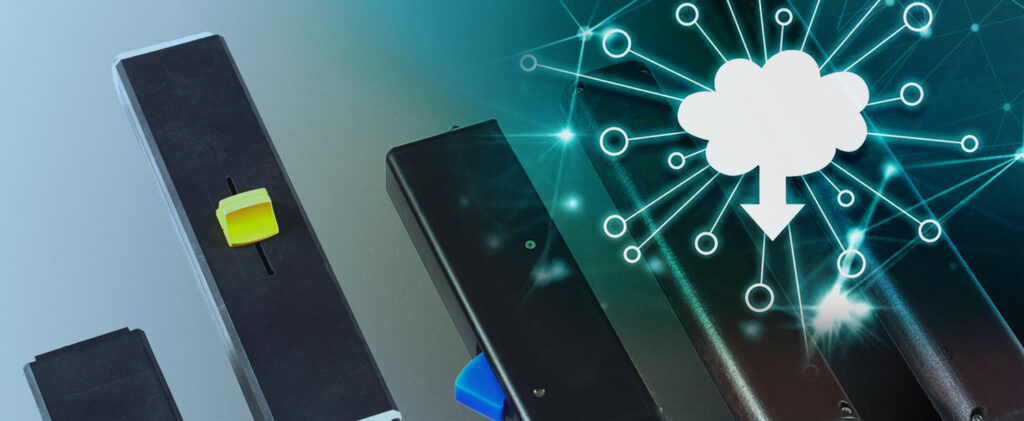What is Energy Harvesting? What are Energy Harvesting Challenges?

Internet of things (IoT: devices that connect to the internet) and machine to machine (M2M: devices that connect to each other) devices are finding more and more use in our everyday lives. By installing sensors and transmitters in various everyday objects, we can collect and analyze types of data as never before. We can also control devices remotely or operate them without human interventions.
Using Energy Harvesting to solve power supply issues for IoT Devices
However, this proliferation of electronic devices in our everyday lives has brought about a new challenge of supplying power to these countless devices. IoT and M2M devices are small, lightweight, and often installed in places that are difficult to access. To supply power to such devices, power harvesting has gained attention recently.
Table of contents [close]
What is Energy Harvesting?
Energy Harvesting is a technology for collecting (i.e.: harvesting) small amounts of energy from various, unconventional sources such as light, heat, vibrations, and radio waves occurring in the immediate surroundings of the device. It is also sometimes called environmental power generation. Unlike large-scale solar and wind installations that generate large amounts of energy, energy harvesters collect small amounts of energy from their immediate surroundings. When incorporated into mobile handsets or other small devices, they allow these devices to generate their own power supply.
With proper application of energy harvesting, using power cords, changing batteries, charging batteries, filling fuel tanks, and the like will become unnecessary. Devices will become truly wireless and independent of physical interventions. This is especially useful for devices installed in difficult to reach places. They can be operated long-term without any maintenance concerns. In addition, there are already many IoT and M2M devices in use, and the number is expected to increase significantly in the future. Connecting each device to electricity or replacing the batteries on a regular basis will become more and more difficult. Energy harvesting has the potential to eliminate those needs. Indeed, energy harvesting is a very important topic for the future of such devices.
Energy Harvesting Methods
Energy can be harvested from a variety of sources present in the surrounding environment.
Harvesting Vibrational (Kinetic) Energy
Doors, spinning wheels, flowing water, and even people create kinetic energy, and energy harvesters can generate electricity from them. Electromagnetic induction using magnets and coils, or the piezoelectric effect, can be used to generate electricity. In electromagnetic induction, electric current is generated when a magnet or coil moves in relation to the other. With piezoelectric generation, when pressure is applied to a piezoelectric material, polarization occurs in the material, generating an electric current. In this way, coils and piezoelectric materials can be used to generate electric power from vibrations and rotations present in everyday life.


Using these methods, floors that generate power when people walk on them or roads that sense when vehicles pass over them can be created. Energy harvesters can also be installed to harvest the energy of opening and closing doors, ocean waves, and many other sources. TV remotes that are powered by the pushing of the buttons, and watches that are powered by waving the hand are already in existence.
Harvesting Heat Energy
The Seebeck Effect can be used to generate electricity from heat sources. In the Seebeck Effect, electric current develops across conducting materials when there is a difference in temperature between two points. Heat from machines or chemical plants can be converted to electricity that powers monitoring sensors. Watches that are powered by body heat or pots that generate power when water is boiled are also some possible applications.
Harvesting Radio Waves
Radios, TVs, and cellphones. There are countless radio waves traveling through the air. These waves too can be harvested and turned in to electric power. One example is the crystal radio. Invented in the early days of radio, crystal radios use the rectifying effect of a mineral and a metal in contact with each other to create radios that are powered by the transmitted radio waves themselves. No external power is needed. In recent years, attention has also focused on large-scale power generation and transmission technologies that use rectifying antennas (sometimes called rectennas) to convert microwaves into direct electric current.
Harvesting Light Energy
Solar energy is perhaps the most well-known type of energy harvesting. From calculators to clocks, there are many devices that are powered by their own light energy harvesters.
Energy Harvesting Challenges
As energy harvesting gains in popularity, the challenges they must overcome are also increasing.
The power from energy harvesting is often weak and unstable. Only devices that operate on very little power can be coupled with energy harvesting. Sometimes the power to the device may stop completely, so measures against sudden shutdowns must be considered. In addition, if the devices being used are costly to manufacture and install, the energy harvesting capacity must be quite large to match the cost. For widespread application of energy harvesting, high-efficiency, high-output, and low-cost harvesting equipment will be necessary. Reduction of power consumption of the devices is also necessary. Energy harvesting is an essential technology for building networks of countless IoT and M2M devices. To help realize the vision of smart cities, smart homes, and smart factories of the future, which will require many kinds of data from many kinds of interconnected sensors and devices, development of more advanced energy harvesting technologies will continue.
-
Issues in implementing Energy harvesting devices

-
100 times faster than 5G! What is possible with 6G?

-
Generating electricity from mechanical vibrations - How it works and what it is used for

-
Making Energy Harvesting devices smaller, thinner, more durable, and more efficient

-
Power Generated by Environmental Harvesting

-
IoT devices that operate without power supplies



